#1920s textiles
Text

Loja Saarinen and Eliel Saarinen (Designers)
Rug No. 2
November 1928 - February 1929
@ The Detroit Institute of Arts, Detroit, Michigan. Photograph by Dirk Bakker.
#loja saarinen#eliel saarinen#rugs#rug design#rug designer#carpet design#textile art#textile artists#textiles#textile artist#textile designer#finnish textiles#textile design#american textile#textile#textile arts#1920s art#1920s#1920s style#1920s textiles
13 notes
·
View notes
Text

Ad for silk weaving company Bianchini-Férier in the April 1927 French Vogue.
(source: Gallica)
5 notes
·
View notes
Text
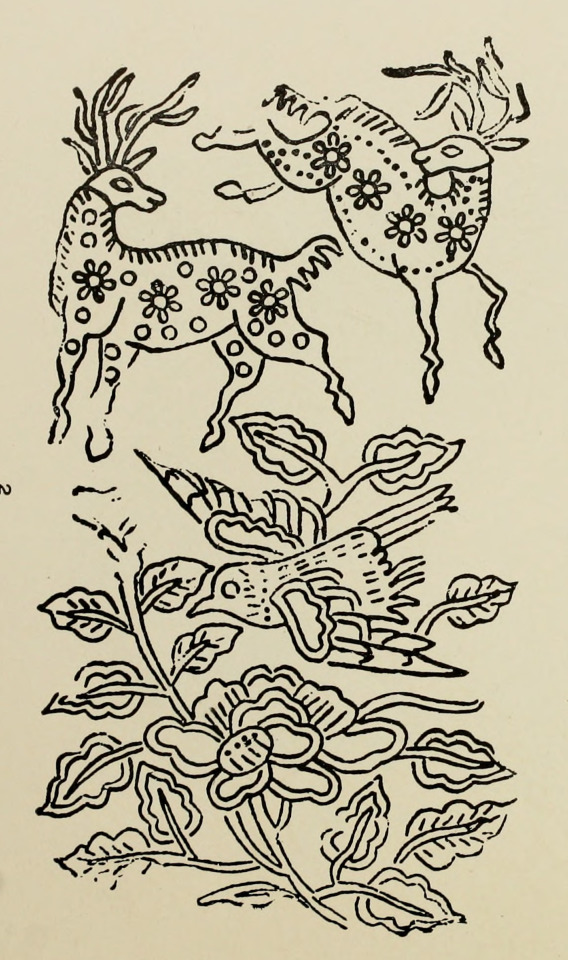
Spotted deer. Javanese batik designs from metal stamps. 1924.
Internet Archive
6K notes
·
View notes
Text

Gunta Stölzl, Wall Hanging, (wool, silk, mercerized cotton, and metal thread), 1924 [MoMA, New York, NY. © ARS, New York / VG Bild-Kunst, Bonn]
1K notes
·
View notes
Text

Lace workers at work (1920) Location: Brittany, France
779 notes
·
View notes
Text

Ad for Mallinson's, a textile manufacturer with a showroom at Fifth Ave. and 31st Street, 1929.
Photo: NYPL
#vintage New York#1920s#Mallinson's textiles#vintage ad#vintage fashion#tone on tone#1920s fashion#vintage clothing#vintage NYC
104 notes
·
View notes
Text
For #FrockFriday, this was definitely one of the highlights of the #KimonoStyle exhibition at The Met:

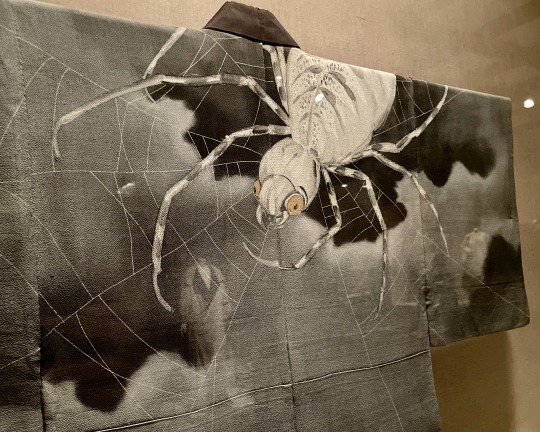
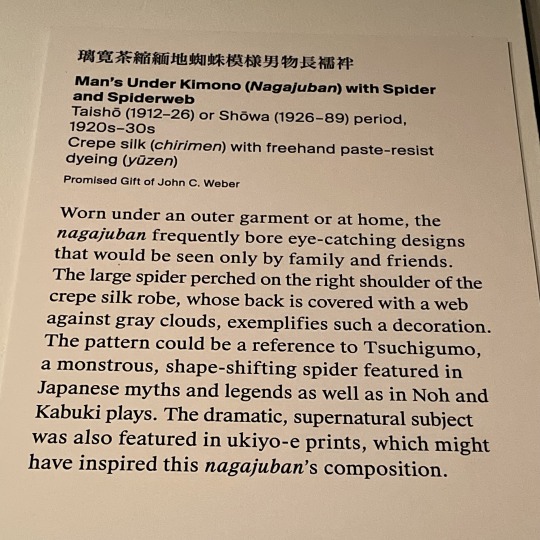
Man's Under Kimono (Nagajuban) with Spider and Spiderweb
Taisho (1912-26) or Showa (1926-89) period, 1920s-30s
Crepe silk (chirimen) with freehand paste-resist dyeing (yüzen)
The Metropolitan Museum of Art, New York
"Worn under an outer garment or at home, the nagajuban frequently bore eye-catching designs that would be seen only by family and friends. The large spider perched on the right shoulder of the crepe silk robe, whose back is covered with a web against gray clouds, exemplifies such a decoration. The pattern could be a reference to Tsuchigumo [Yōkai], a monstrous, shape-shifting spider featured in Japanese myths and legends as well as in Noh and Kabuki plays. The dramatic, supernatural subject was also featured in ukiyo-e prints, which might have inspired this nagajuban's composition."
#spider#arachnids#invertebrates#Japan#Japanese art#East Asian art#textiles#historical costume#kimono#nagajuban#Noh#Kabuki#Yōkai#Tsuchigumo#Japanese mythology#Japanese folklore#20th century art#1920s#1930s#Metropolitan Museum of Art New York#Kimono Style#exhibition#museum visit#Frock Friday#animals in art
146 notes
·
View notes
Photo

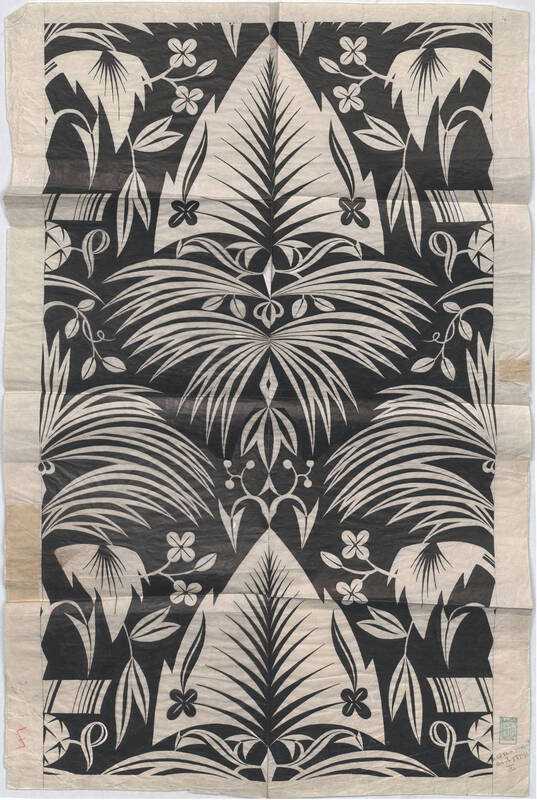
‘Big Leaves I’ and ‘Big Leaves II’ Wallpaper/Textile Design Drawings. Both designed by Dagobert Peche for Wiener Werkstätte in about 1922, Vienna. Medium is graphite pencil and black ink/gouache on paper. From the MAK Museum Vienna’s Wiener Werkstätte archive.
(Source: 1 | 2 )
#design drawings#pattern design#wallpaper#textiles#1920s#dagobert peche#wiener werkstätte#vienna secession#austrian design#flora#black#beige#b&w
32 notes
·
View notes
Photo

Frank Lloyd Wright
Millard House (La Miniatura), Pasadena, California (Exterior perspective from the garden) 1923-24
La Miniatura, the Millard House in Pasadena, is the earliest in a series known as the Textile Block houses, designed by Wright in the 1920s; all are located in southern California. This color rendering depicts the Millard House in its lush surroundings. The house is constructed of a combination of plain-faced and ornamental concrete blocks, which were cast on the site from molds designed by Wright. The square blocks, with perforated, glass-filled apertures, form a continuous interior and exterior fabric. The relatively small scale of the blocks allows for a design that closely follows the contours of the landscape.
In his autobiography, Wright wrote: "The concrete block? The cheapest (and ugliest) thing in the building world. . . . Why not see what could be done with that gutter-rat?" In his Textile Block houses, Wright attempted to introduce a flexible building system, marrying the merits of standardized machine production to the innovative, creative vision of the artist.
MoMA
83 notes
·
View notes
Photo
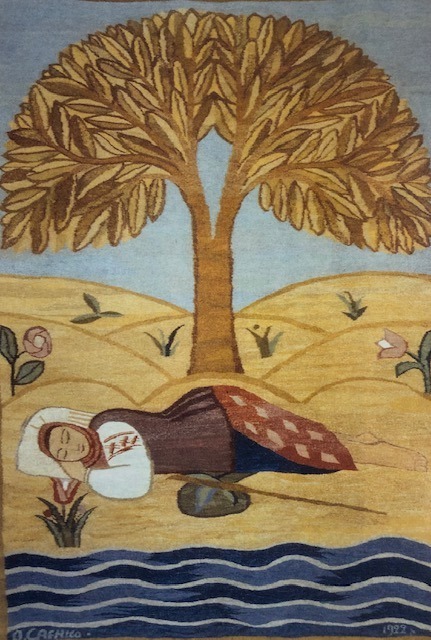
Rest by Oleksandr Sayenko, tapestry, 1922
45 notes
·
View notes
Text

Anni Albers, Gunta Stolzl workshop
Wandbehang We 791
1926, re-woven 1964
#modern art#art history#anni albers#gunta stölzl#textile design#textiles#bauhaus design#bauhaus#bauhaus women#bauhaus textile#bauhaus dessau#dessau#1920s#1920s style#fabric art#fabric design#fabric
87 notes
·
View notes
Text
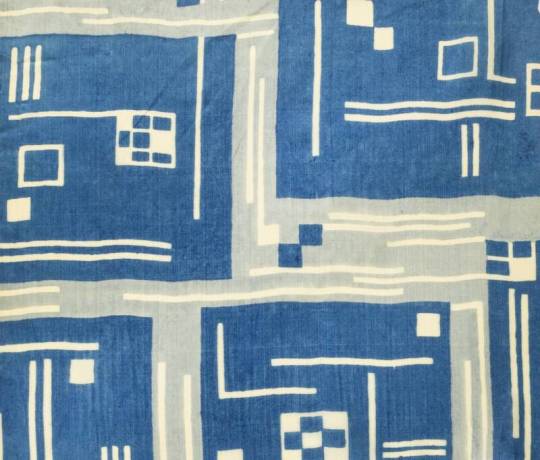
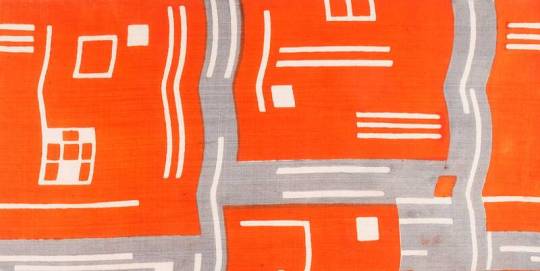
Maximilian Snischek, City fabric samples for the Wiener Werkstätte, 1927-29.
(source: MAK)
#maximilian snischek#wiener werkstätte#fabric design#city#textile design#1920s textiles#1920s design
4 notes
·
View notes
Text
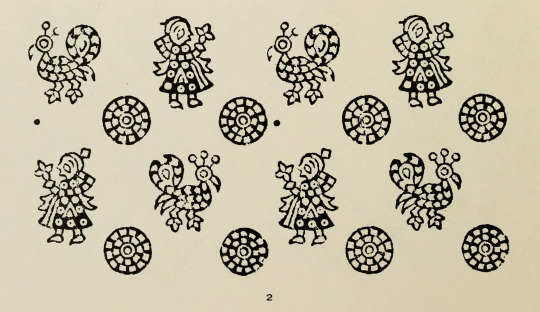
Textile pattern. Block prints from India for textiles. 1924.
Internet Archive
269 notes
·
View notes
Text

GuntaStölzl, Schlitzgobelin Rot-Grün, (tapestry, cotton, wool, silk and linen), 1927-1928 [Bauhaus-Archiv / Museum für Gestaltung, Berlin. © VG Bild-Kunst, Bonn]
616 notes
·
View notes
Photo

Weaving sample, 1928, Germany.
23 notes
·
View notes
